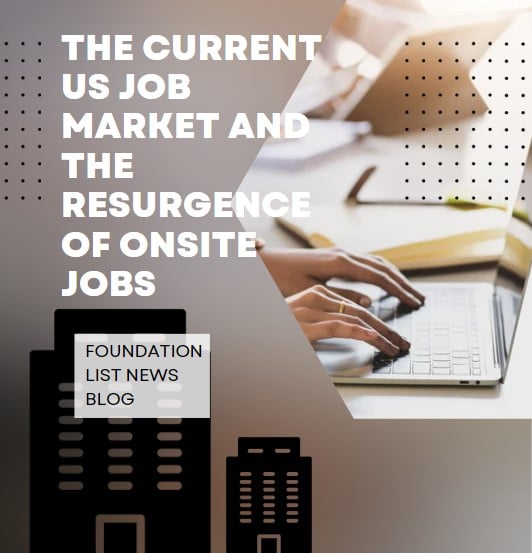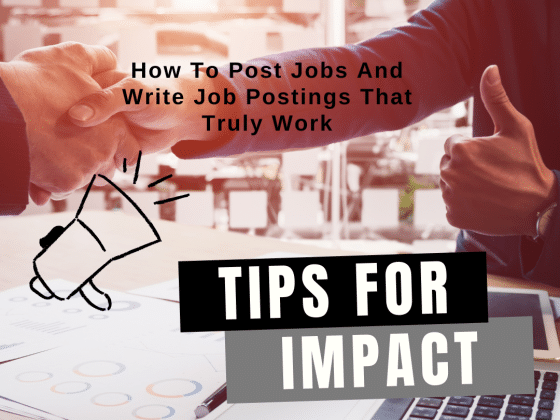The Current US Job Market and The Resurgence of Onsite Jobs
As anticipated by economists, the job market continues to be in flux in 2023. Job gains and the strength of the US job market are showing signs of significant resilience and evidence that even higher interest rates (and the new decreasing inflation these policies bring) have not stopped the need for employers to hire.
To start the year the US posted exceptional job growth of 517,000 new jobs as reported by the New York Times. These reported gains defined all expectations and predictions. It has been assumed that the Federal Reserve’s continued interest rates hikes would cause the labor market to cool. Instead, we saw a continued boom of new positions, coupled with the increase requirement of onsite work from employers in the US.
This shift back to onsite work also brings with it additional job creation. As companies bring staff back onsite they also bring back reception and office related management positions. They also purchase and require onsite food, facilities, technology and onsite services for their in office work.
The On-Site Return Will Likely Continue As Will The Demand For Hybrid Jobs
In a recent report released by Resume Builder, nine out of ten employers plan to require workers to return to the office at least part of the week (hybrid) in 2023. More and more employers who shifted to fully remote teams, are announcing hybrid and onsite working requirements. Meanwhile, worker demand for hybrid working arrangements continues to be strong. US employees do not want to go back to the past way of working. In fact only 11.6% want to return to full-time office work. Currently, what workers want in a job, and what many large employers are willing to offer are not aligned. This has been dubbed ‘The Great Mismatch’ as seen in recent article in Forbes.
The Demand for Hybrid/Flexible Work Environments Is Here to Stay
In a recent study by McKinsey, 87% of workers in the US prefer to work in flexible office environments that also allow them to work virtually. Similarly, a recent study by Slack shared that “the majority of knowledge workers surveyed—72%—would prefer a mix of remote and office work, a hybrid approach. The rest are split fairly evenly between a preference for either working exclusively from the office or exclusively from home.” This Slack study also shared that remote workers can suffer a lack of sense of belonging, and more experienced remote employees report higher levels of satisfaction and productivity than less experienced peers.
Increasing Number of Large Companies Are Returning Staff Onsite in Some Capacity
Through the end of 2022 and continuing in 2023 an increasing number of large companies have publicly announced new requirements for employees to return to the office either partially, three, four, or even more days a week. Companies like Apple, Citigroup, Goldman Sachs, Disney, Northwest Mutual, Meta, JP Morgan, Starbucks, Twitter and more have all been making headlines for shifting workers back into the office.
The Job Gain Numbers Do Not Currently Evidence A Recession
The beginning of 2023 boasted a booming increase of new jobs to the tune of 517,000 and an unemployment rate of 3.4%, a 54 year low. Not since 1969 has the US seen a lower unemployment rate. Treasury Secretary Janet Yellen believes that the probability of a US recession this year is low. During an recent appearance on ABC’s “Good Morning America Yellen said, “You don’t have a recession when you have 500,000 jobs and the lowest unemployment rate in 50 years.”
The Current Economic Outlook from The Big Picture
While the current US economy continues to be uncertain, but signs of positive outcomes continue. Inflation is still slowing. Businesses are continuing to hire. And the anticipated economic recession still has not fully occurred or created widespread job impacts in the US. While some industries such as real estate and tech have exercised more layoffs than other industries, (perhaps from lack of demand and/or interest to make their companies more profitable to stockholders) the job outlook and current US hiring continues to be very strong.





